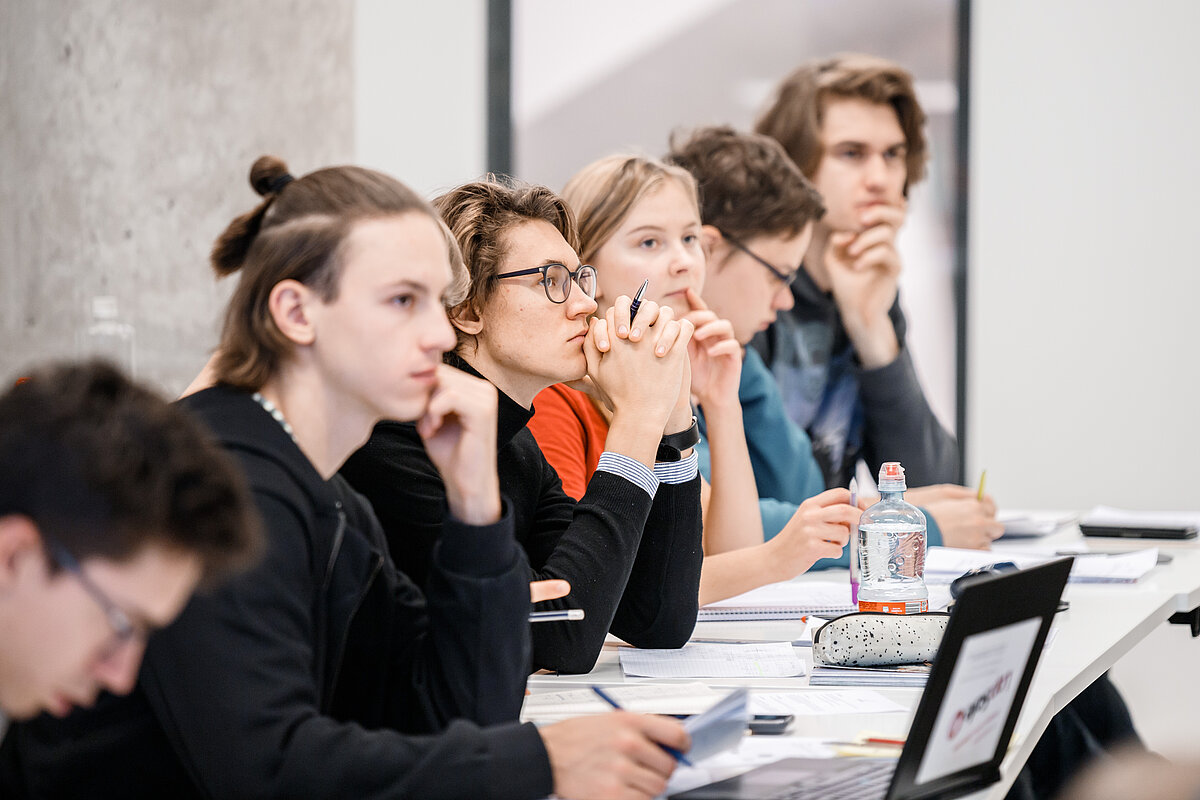
The various research activities are concentrated around the Chair of Physics Education Research. You can get to know them in a short intro video: https://www.youtube.com/watch?v=M1UHMIsjjEE
The Department of Physics is very involved in organizing Physics Olympiads for highschool kids on a national level. Since 2012, the county stage of the competition is computer based. You can also try some demo questions yourself in this page: https://edu.lu.lv/course/view.php?id=1993. This not only allows easier participation for kids, but also opens up a great avenue for research. For example, we can analyze the difference in boys and girls participation and performance described further.
In Latvia, students in years 9 to 12 participate in Physics Olympiads. At this stage, they face career choices, and their participation in the Olympiads can influence this decision-making process. Numerous studies demonstrate that participating in STEM Olympiads increases the likelihood of pursuing successful careers in the respective field. However, in many countries, including Latvia, there is a tendency for more girls than boys to participate in physics Olympiads. Furthermore, as the Olympiad progresses through subsequent stages, the proportion of girls decreases. For instance, in the Latvian State Physics Olympiad's county stage, approximately 35% of participants are girls, but only around 12% of girls receive invitations to the 3rd stage (national). At the international physics Olympiad, the average annual proportion of girls is only about 7%. Each year, more than 2000 young individuals aged 14 to 19 participate in the 2nd stage of the Physics State Olympiad. We have collected data on the performances of girls and boys in the Physics State Olympiads at the 2nd stage from 2012 to 2023. Notably, in all class groups every year, the average performance of girls is lower than that of boys. On average, girls' performance is 16%-22% lower than that of boys, and this trend does not show signs of changing across years or grade groups. However, when analyzing the performance of girls and boys on individual questions/tasks, greater dispersion is observed.
To comprehend the task parameters—content, skills, way of presentation, context, and degree of difficulty—that determine girls' performance in solving these tasks, we analyzed questions where girls' performance is similar to or exceeds that of boys (referred to as "friendly questions" for girls) and questions where boys significantly outperform girls by more than 17% (referred to as girls' "discriminating questions").
Analyzing the tasks based on their degree of difficulty (determined by the average performance of Olympiad participants), we observe that the difference between the average performance of girls and boys is minimal in undemanding questions designed to test standard knowledge at the reproductive level. For example, questions where participants determine how two resistors are connected in a given electric circuit (series or parallel). Even in exceptionally difficult tasks (with a performance rate of up to 10%), the difference between girls' and boys' performance is relatively small, at 3.9%.
According to the data obtained, there is no visible difference between girls and boys in terms of task success, dependent on the context of the task. However, it is worth noting that among the discriminating tasks for girls, there are twice as many tasks requiring numerical calculations for a specific answer compared to tasks with provided choices for selection.
Analyzing the performance of women and girls in Olympiad tasks by content, we observe that girls face greater difficulties than boys in tasks that involve analyzing the movement of bodies in two dimensions, applying the principle of superposition of motion, and determining conditions for body balance.
During the county stage of the State Physics Olympiads, girls face the greatest challenges in comparison to boys when it comes to tasks that require analyzing forces, body movement in two dimensions, applying the principle of superposition of motion, and performing dimensional analysis of physical quantities.
To comprehend the underlying difficulties faced by girls in tasks related to movement and forces, further research is planned. This research will involve providing tasks to both girls and boys and recording their problem-solving thought process. This study has the potential to identify difficulties and divergent thinking strategies. Based on these findings, practice-based recommendations can be developed for physics teachers to promote excellence in physics among girls.
Find poster here.
Here are the references for the poster:
[1] Kosmaca, J., Cinite, I., & Barinovs, G. (2023). Exploring interactive H5P video as an alternative to traditional lecturing at the physics practicum. In V. Lamanauskas (Ed.), Science and technology education: New developments and Innovations. Proceedings of the 5th International Baltic Symposium on Science and Technology Education (BalticSTE2023) (pp. 111-121). Scientia Socialis Press. https://doi.org/10.33225/BalticSTE/2023.111
[2] “Physics teachers show great interest in the "Physics I" course methodological materials” (in Latvian). https://www.lu.lv/par-mums/lu-mediji/zinas/zina/t/75622/
[3] Cinite, I., & Barinovs, G. (2021) Increased Student Performance on Physics Concept Inventory Test after Student-Centred Approach in Universities of Latvia. In V. Lamanauskas (Ed.), Science and technology education: Developing a Global Perspective. Proceedings of the 4th International Baltic Symposium on Science and Technology Education (BalticSTE2021) (pp. 39-48). Scientia Socialis Press. https://doi.org/10.33225/BalticSTE/2021.39

 Academic Centre
Academic Centre